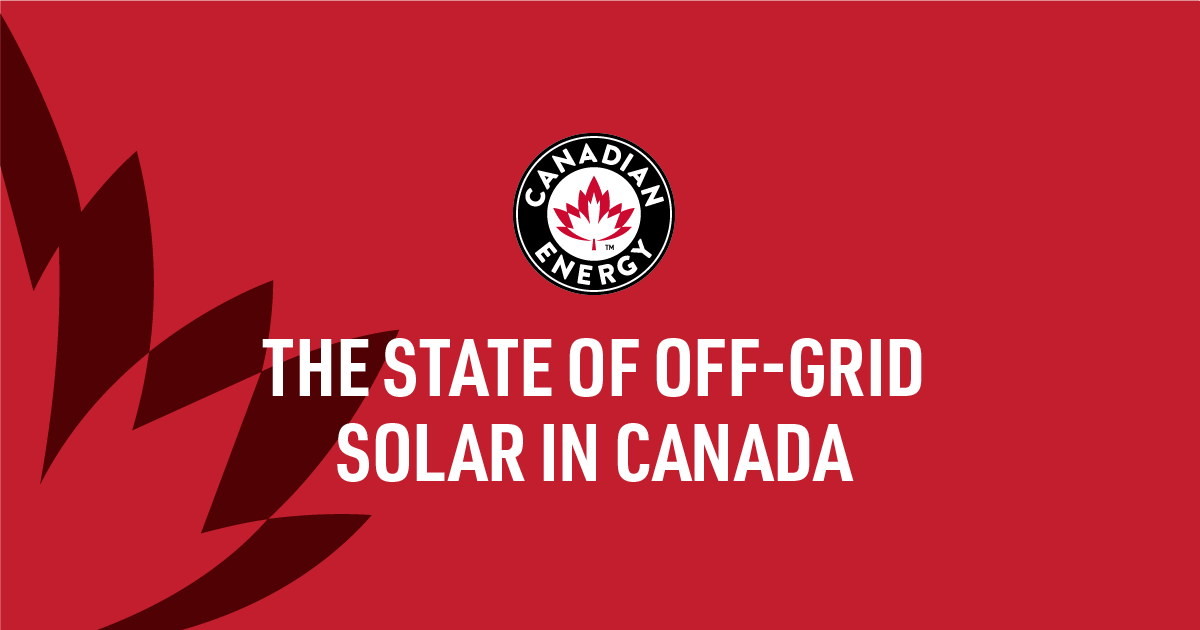The State of Off-grid Solar in Canada

Trailblazers in the renewable energy industry are making it easier and more affordable to bring solar, battery, and other clean energy technologies into consumers' homes, cottages, and remote communities. But what does it mean to be truly “off-grid”, and what are the trends shaping this growing industry? We reached out to Brian Pasquill, Solar Specialty Channel Manager with Schneider Electric, for an illuminating industry perspective...
What does the “off-grid” industry looks like today?
Historically, off-grid systems were either cabins with 2- to 10-kilowatt range base batteries or luxury homes in remote communities. That has changed significantly over the last number of years, though, where now we're becoming more and more involved in the electrification of communities in places like Africa or Indonesia where there is no power. Rather than bring in a grid, we're developing micro-grids with multiple inverters that are all connected.
More locally, there's the growing demand for energy offsetting systems, eco-generators that reduce consumption through solar and battery back-ups, and hybrid inverters that allow for consumer grid interactivity. There are also a lot larger systems being put together, but consumers are getting a lot more out of those as well.
So, overall, the market changing and it's becoming more accessible.
What part of the industry is experiencing the most growth?
The traditional “off-grid” cabin industry hasn't changed all that much since there aren't a whole lot of people building in off-grid areas in North America. On the other hand, there is a huge move to use those same systems for building infrastructure in smaller communities that aren't off-grid, but want to move away from their reliance on energy alternatives like diesel.
And then, the biggest market moving forward in North America has to do with self-consumption technologies in peak demand markets where you can have battery based converters that are capable of being off-grid but offer consumers the chance to connect to the existing grid if they need it. That gives them the ability to use self-consumption measures to manipulate their energy rate.
What technologies are driving the “off-grid” industry?
Solar panels and related technologies are becoming less expensive and offering higher energy density, which means coming to market with more watts per square inch. However, the big thing everyone is clamouring for is lithium-ion technology, which offers greater reliability and a longer lifespan. Right now, the upfront capital cost is high, but that will come down as large manufacturing plants are brought online as well as leasing services like Canadian Energy's company, LongRun. In fact, the price of lithium ion technology is projected to come down at a faster rate than solar PV has over the recent years.
You mention these systems being more accessible to the general public. How is that so?
Cost is obviously the thing that holds people back from putting any sized system into their homes, but it's far from what it used to be. Installing solar used to be very cost prohibitive and something people did with discretionary income. Now, we have a lot of programs with rent to own scenarios where companies provide financing based on how much you get out of your system.
What can we expect down the road?
As I mentioned, lithium ion is really the next big thing.
<Thanks Brian.
